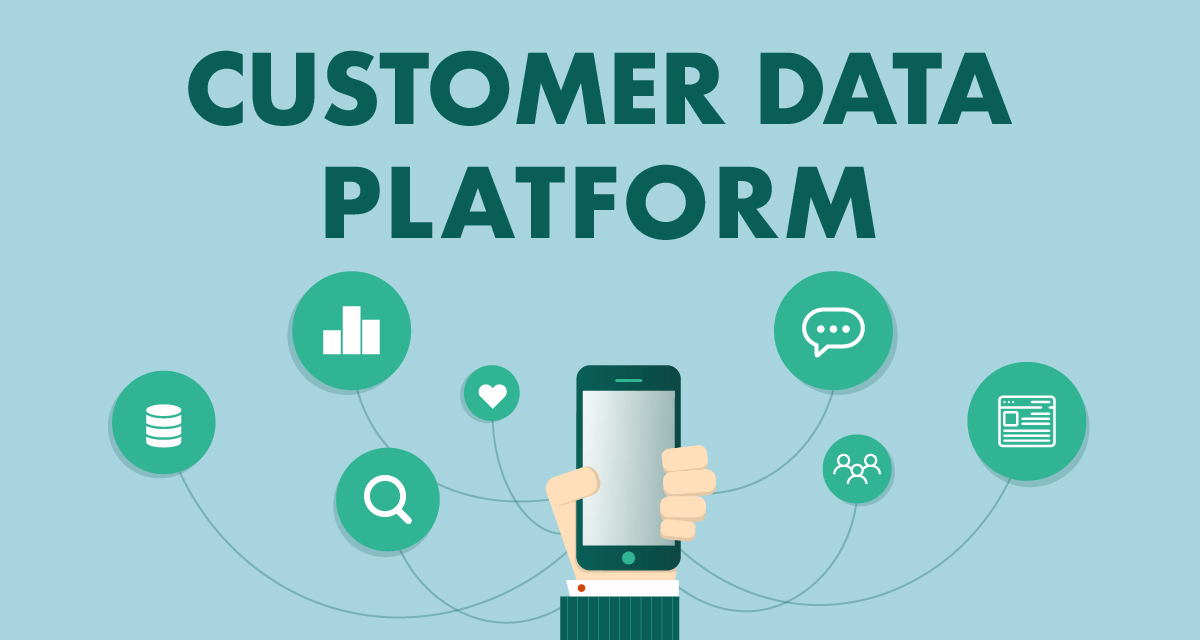
Unlocking the Power of Customer Insights: The Rise of the Customer Data Platform
In the ever-evolving landscape of digital marketing and customer relationship management, the need for comprehensive and actionable customer insights has never been more critical. Enter the Customer Data Platform (CDP), a solution designed to revolutionize the way organizations collect, analyze, and act upon customer data. UniSight, a leading provider in the realm of CDPs, offers compelling insights into why these platforms have become indispensable tools in the modern marketer's arsenal. This article delves into the essence of CDPs, exploring their significance, distinguishing features from traditional Customer Relationship Management (CRM) systems, and the myriad ways they empower organizations to foster more profound, personalized customer engagements.
The Essence of Customer Data Platforms
At its core, a Customer Data Platform is an integrated system that collects and consolidates customer data from a multitude of sources, both online and offline. This data amalgamation enables a unified, 360-degree view of the customer, encompassing every interaction, transaction, and engagement they have with a brand. Unlike disparate data management tools that may silo information, leading to fragmented customer insights, a CDP weaves together a coherent, comprehensive customer narrative. This narrative is instrumental in understanding customer behaviors, preferences, and needs on a granular level.
Distinguishing CDP from CRM
While CDPs and Customer Relationship Management (CRM) systems may seem similar at first glance, their functions and purposes starkly differ. CRMs primarily focus on managing company interactions with current and potential customers, often emphasizing sales, support, and contact management. They excel in operational functions but typically do not provide the deep analytical insights into customer behavior that CDPs offer.
In contrast, a Customer Data Platform excels in aggregating and synthesizing data from various touchpoints, including social media, website interactions, email engagements, and even offline events. This comprehensive data collection and integration capability allows CDPs to furnish marketers with the insights needed to tailor personalized marketing strategies effectively. In essence, while CRMs manage interactions based on existing information, CDPs unearth the rich, actionable insights hidden within vast amounts of data.
The Imperative for CDP Adoption
The advent of CDP technology is more than just an incremental advancement in data management; it's a paradigm shift in how organizations approach customer engagement and experience. The benefits of deploying a CDP tool are manifold, impacting various facets of marketing strategy and customer relationship management.
Personalized Customer Experiences
In an era where personalization is not just appreciated but expected, the ability to customize interactions with customers across every touchpoint is paramount. A CDP facilitates this by providing a deep, nuanced understanding of each customer, enabling brands to tailor their messaging, offers, and experiences to meet individual preferences and needs. This level of personalization not only enhances customer satisfaction but also fosters loyalty and increases lifetime value.
Enhanced Marketing Efficiency
With the insights garnered from a CDP, organizations can streamline their marketing efforts, focusing on strategies that resonate most with their audience. By understanding customer behaviors and preferences, marketers can allocate resources more effectively, targeting their communications and offers for maximum impact. This not only optimizes marketing spend but also elevates the overall effectiveness of marketing campaigns.
Data-Driven Decision Making
The integration and analysis capabilities of a CDP tool empower organizations with data-driven insights, facilitating informed decision-making across the board. From product development to customer service enhancements, the knowledge derived from a CDP can guide strategic initiatives, ensuring they are aligned with customer needs and market trends.
Implementing a Customer Data Platform
The journey to implementing a CDP involves several key steps, starting with a thorough assessment of current data management practices and identifying the specific needs and objectives of the organization. Selecting the right CDP tool requires careful consideration of features, scalability, integration capabilities, and, crucially, the vendor's expertise and support services. Successful CDP implementation also hinges on a solid strategy for data governance, quality management, and compliance with privacy regulations.
Overcoming Challenges
While the benefits of a CDP are clear, organizations may encounter challenges during implementation, ranging from data silos and integration hurdles to cultural resistance. Addressing these challenges necessitates a holistic approach, involving stakeholder buy-in, comprehensive training, and a phased rollout plan. Moreover, continuous evaluation and adaptation of CDP strategies are essential to ensure they remain effective and responsive to evolving customer expectations and market dynamics.
Conclusion
The Customer Data Platform has emerged as a vital tool for organizations seeking to harness the full potential of their customer data. By enabling a unified, comprehensive view of the customer, CDPs offer unparalleled insights that drive personalized experiences, enhance marketing efficiency, and inform strategic decision-making. As digital landscapes continue to evolve, the role of CDPs in crafting compelling, customer-centric strategies becomes ever more critical. With the right approach to implementation and ongoing management, CDPs can unlock new levels of engagement, loyalty, and growth for businesses across industries.
Comments on “Customer Data Platform”